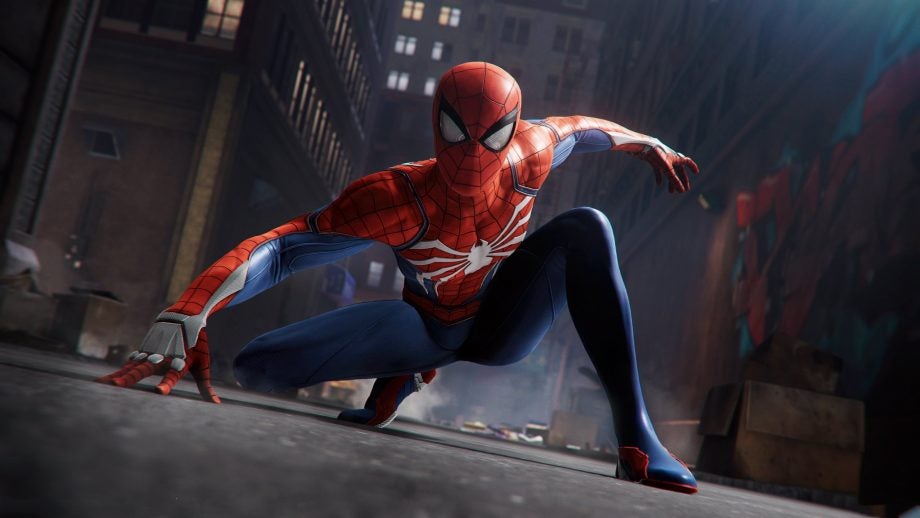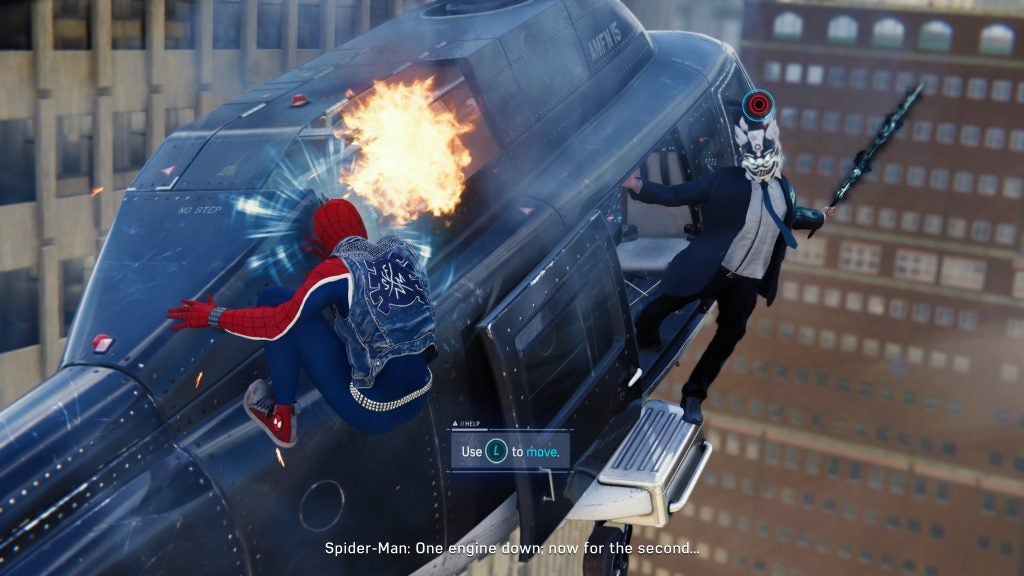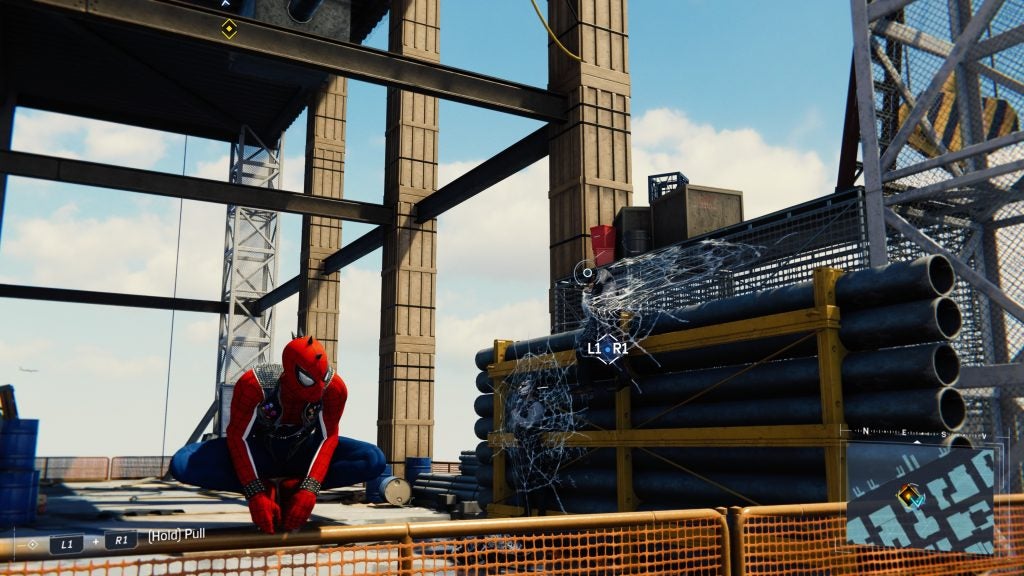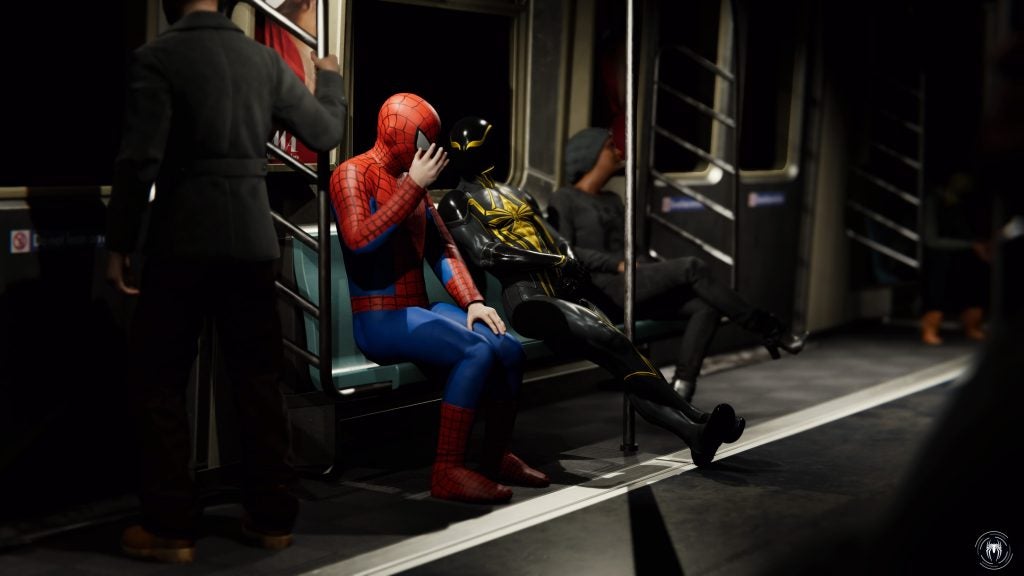Marvel’s Spider-Man is a great open-world game… for 2012

Marvel’s Spider-Man is a terrific superhero game, albeit one that stumbles short of genuine greatness due to a handful of shortcomings, many of which are outlined in this site’s review of Insomniac’s new open-world extravaganza. And for me, it’s the game’s map that represents the most significant disappointment in an otherwise enjoyable, rewarding and unexpectedly warm-hearted experience.
Which is certainly not to say that Spider-Man’s Manhattan is anything other than the most spectacular video game vision of New York’s densest, tourist-ensnaring borough (or at least the island part of it) that players have seen to date. If you’ve come for some virtual tourism, to take in a spot of sight-seeing on your downtime from the supervillain-stopping thrust of Spider-Man’s central plot, you’ll be happier than a cheeseburger-chewing Tony Stark.
From the Empire State to Washington Square, there’s plenty to snap with Peter Parker’s infinite-memory digital camera. And there are Marvel Universe landmarks, too, amongst the real-world streets and skyscrapers, ranging from the diminutive Josie’s Bar to the sunset-catching high-rise of the Avengers Tower.
As an architectural achievement, assessed purely on its physical design, the game world of Marvel’s Spider-Man is a fantastic feat of triple-A engineering. And how Spidey actually moves around it? Just the best combination of controlled navigation, speed and fluidity, and fill-your-pants freefalling. But as a multitude of markers quickly spreads across the pause menu map, Spider-Man too swiftly turns into a throwback piece of nostalgia, unfortunate in a time when open-world games have never felt more organic.
Related: Marvel’s Spider-Man Tips and Tricks

At their modern best, open-world games gently invite the player to wander off the beaten track, rather than beat them over the head with a growing to-do list of collectibles, waypoints and optional side content. Think of this year’s God of War, and how it kept its deep wealth of riches hidden, unless your interest was piqued enough to stray from Kratos’ main quest. Or how 2017’s The Legend of Zelda: Breath of the Wild’s map design used deliberately triangular and rectangular geography to obscure enticing new destinations from Link, until they were revealed in real time.
The question asked of the player, in both games, is a simple one: do you want to go there, instead of where you thought you were headed? There’s no dot on a map, no glowing compass point. Just you, the game, and your curiosity. Scratch that surface, see what’s behind it. Oh hell, it’s a whole new area. Brilliant.
Marvel’s Spider-Man, in no time at all, spins the clock hands of game development backwards and tells you that there are radio towers scattered across Manhattan, and they need to be repaired. Doing so is, goes the story, essential for the local police departments to communicate with each other, and crack down on the crime that’s increasing in the wake of the Kingpin’s early game arrest. But, because this is a video game, these towers also “un-fog” Spidey’s map, initially just a Manhattan-shaped pool of static, revealing those aforementioned landmarks and much more.
This, even though Peter Parker is a New Yorker (his radioactive spider bite happened in Queens) and, surely, after eight years of being Spider-Man, knows most of the city like the back of his hand. Nevertheless, we still have to go through the process of activating every tower before the full map is available to study. And by the time it is, it’s become hopelessly contaminated with swathes of RFID-enabled Stuff.
Tens of backpacks, each one containing a memento from Spider-Man lore, webbed to walls and bridges. (Seriously, how much money has Parker spent on rucksacks over the years? No wonder he can’t make his rent.) Oscorp research stations, sitting largely unloved on top of apartment blocks. Fisk hideouts and Demon warehouses to clear out via the tried-and-tested method of repeatedly punching the bad guys. Challenges set out of nowhere by the gravel-voiced Taskmaster. Black Cat stakeout points, ahead of her starring turn in forthcoming DLC, because she bulk-ordered a load of themed doorstops and has nothing to do with them. An endless chatter of police radio messages about a car chase, a robbery, or a checkpoint of private security goons under assault.
Related: Marvel’s Spider-Man – What are the Best Costumes?

Noise, clutter, distractions: Spider-Man is saturated with so much Stuff on the side that it’s a miracle that the storyline connecting the opening set-piece with the end credits (and, yes, you should wait until they’ve finished rolling, this being Marvel) holds together at all. And that’s before you begin to count the number of Spidey allies and enemies it throws onto the screen – bordering on too many for me, but mileages will vary depending on personal passion for this particular corner of the Marvel Universe.
It’s a game that would undoubtedly benefit, though, as a memorable adventure in the sticky shoes and colourful suits of a Peter Parker trying to balance the responsibility of being a public-facing superhero with the increasing pressures of being a young adult in a major urban centre, from being rather more streamlined. From being free of quite so much Stuff.
But then the boos would commence from the minority crowd of cackling hyenas who love nothing more than causing a racket and kicking up an online stink. Not enough content. Not enough trophies. Not enough game. And you can understand why Insomniac would rather ram their game to the gills with needless – and, yes, optional is a key word here – extras than risk the wrath of that mob. They don’t need their problems growing any more than puddle-deep.
The Stuff would be acceptable, if it was uncovered in a way that felt natural, like Spidey was simply coming across some old possessions he’d forgotten about, rather than deliberately heading across town to a gigantic green marker just because it’s the last backpack in that sector he’s not grabbed yet. But as it is, Spider-Man is uncomfortably comparable to previous-generation titles like Far Cry 3, Assassin’s Creed 3, Sleeping Dogs and Prototype 2, 2012-vintage releases that piled on the collectibles mostly just to pad out their run times.
Now, those games aren’t bad – I’ve actually been replaying Sleeping Dogs recently, and am thrilled with how well it holds up, its chaotically scattered lockboxes and magical health shrines aside. But there are more recent examples of open-world games that absolutely splatter their maps with locations, quests, hideouts and treasure, only in a more controlled, steady manner, governed by the player’s own appetite for discovery.
Related: Patch Notes – Gaming Podcast

The Witcher 3: Wild Hunt is a perfect example of this. Protagonist Geralt doesn’t speak to one NPC, and every monster nest in Velen is revealed. He has to seek them out, discovering their whereabouts in batches, from different villages and their inhabitants (and notice boards). But in Spider-Man, switch on a few radio towers and every stray pack is instantly pinpointed. Because Video Games.
I’d have loved to see Peter Parker recall why his city’s numerous landmarks mean enough to him to take a snap – his second mutant superpower is his knowledge of the city he calls home, and he’s presumably swung past everything enough times already. Why is he only now collecting an album of them? I’d have loved to have seen the backpacks appear on the map as Spidey got near them – “Ah, wait a minute… I remember this corner… I left one around here.” That sort of thing. A more organic way of delivering this game’s many extras. Insomniac’s New York invites that kind of slower-to-unfold side-quest content, by virtue of sending Spider-Man all over the map on main missions. There’s no explicit need to adopt the 2012 method, here.
But then, perhaps the audio and visual cacophony is a comment on modern inner-city living, this being the City That Never Sleeps after all. No matter your intention to simply proceed from A to B, to enjoy dinner with MJ or interrupt Mister Negative’s nefarious plans, there will always be unavoidable distractions and irritations.
They will bore their way into your brain. They will become permanently ingrained there, only dulling a little when completed, never clearing from your consciousness. Optional but indelible, never leaving the map. A kind of Stuff pollution that we should really be over by now. Shouldn’t we?
Will you be picking up Marvel’s Spider-Man this week on PS4? Let us know on Facebook and Twitter @trustedreviews.

